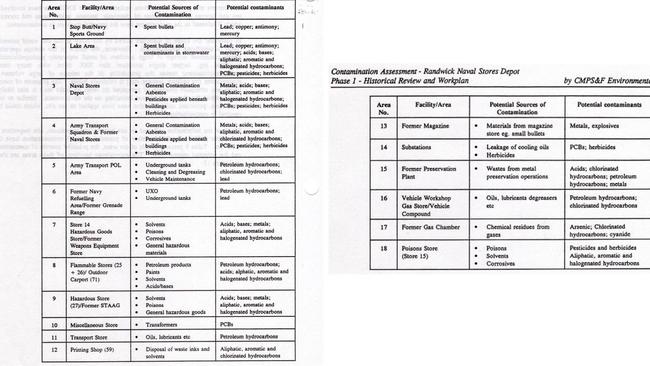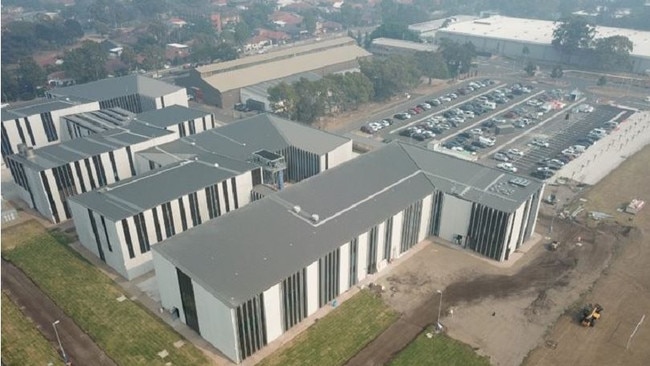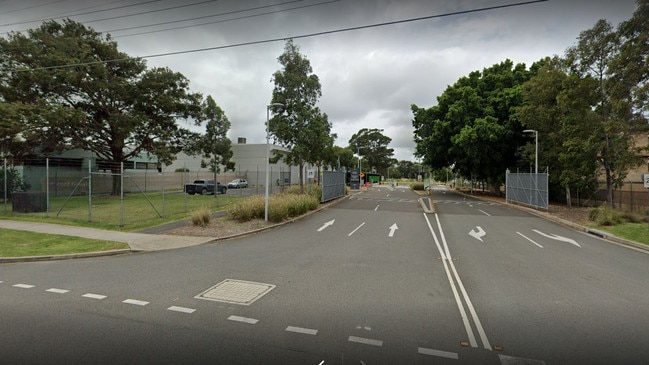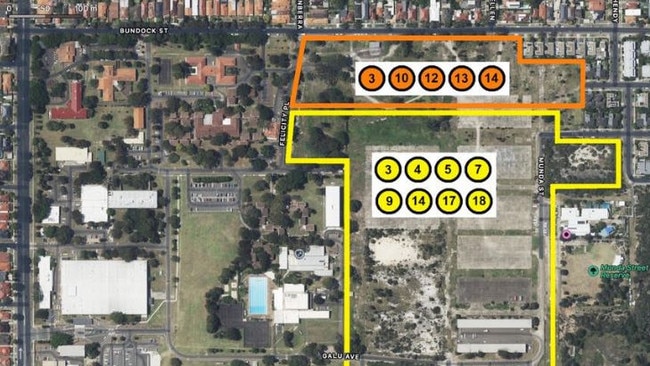Randwick Barracks potential contaminants revealed as defence plans future housing
The entire range of potential contamination sources at the site of a former army grenade range in Sydney’s east, earmarked for future defence housing, has been listed.
Southern Courier
Don't miss out on the headlines from Southern Courier. Followed categories will be added to My News.
The full extent of potential contamination at an army site in Sydney’s east can be revealed, as residents expressed health concerns about two major housing precincts proposed there.
A report presented as evidence in a 2002 court case found 37 potential contamination sources at the Randwick Barracks site, where the federal defence department has proposed two residential developments to house its staff and their families. One would consist of 991 one-bedroom units and the other would have 62 low-density houses.
The contamination assessment found 18 areas of concern at the site, which the army used for training since the early 1900s.
Originally used as rifle and grenade ranges, the site then became a navy and army storage depot and now mainly holds a supply and administrative centre.
Among the sources of potential contamination found in the CMPS & F Environmental report included spent bullets, stormwater, asbestos, pesticides, herbicides, underground tanks, poisons, corrosives and petroleum products.

NewsLocal understands that report was presented as evidence to the NSW Land and Environment Court in a case between Randwick Council and the defence department about earlier works proposed for the site.
Two years later, the Public Works Committee tabled a report which identified some of the above contamination issues at the site: underground storage tanks related to vehicle manufacturing and refuelling; waste dump; uncontrolled fill activities; demolition waste; asbestos fragments; groundwater contamination; and ash and slag.

And in 2016, the defence department undertook another review of contamination at the site, which did not reference the full extent of potential contamination earlier found, but concluded:
“Based on environmental investigations completed, no significant risks to human health are identified, provided that the fill materials are not excavated”.
That was cause of serious concern for Anthony Ryan, who heads the new Randwick Barracks Residents Defence Committee which will provide a community voice to the project’s planning.
“If any fill material in the site is excavated, it will pose a significant risk to human health,” he said.
“This is exactly what the department of defence are proposing to do – they will be digging up a huge area of the site to construct these buildings. By their own admission, the land, in its present condition, cannot be excavated.”

He said the detailed assessment presented to the 2002 court case was “frightening”.
“What is even more frightening is that the proposed building projects will be built on top of these potential areas of contamination,” he said.
“The Department of Defence has never provided publicly any evidence that these areas have been fully remediated and are safe for human occupation – if they have it, it has not been sighted”.
Mr Ryan said the community was concerned about the potential health risks of such contamination as well as environmental issues.
A Defence spokeswoman said both projects were in preliminary planning stages, which includes undertaking environmental and heritage studies.
“These studies will take into account any contamination or other environmental concerns with the land. The results of these studies will be made public when finalised,” she said.
“On completion of initial scoping and design activities, and prior to any works commencing, Defence will continue to consult with the local community to inform the development and proposed plans, and provide opportunities for community members to ask questions and raise any concerns about the projects.”
Kingsford Smith federal MP and deputy Defence Secretary Matt Thistlethwaite recently held a public meeting with defence representatives, where he promised an open and transparent planning and development process.

He told NewsLocal contamination had been confirmed at the site but the defence department was looking at the extent of it and whether the land can be remediated.
“The Department of Defence is currently compiling all the reports that have been done in the past by the contaminants and they will all be supplied to the local committee,” he said.
“If we can remove those contaminants safety to the community we remove that risk to people’s health in the future and that would be a better outcome for residents nearby but also the wider community and the wetlands next door.”
He said the project, which will be completed in 2025 if approved and funded by The Public Works Committee, has to comply with federal government and statutory regulations.
Community angst about the large scale project was understandable, Randwick Mayor Dylan Parker said.

“Council has been briefed on the early concept stages of an enlarged barrack site. We note that there is a history of contamination and community sensitivity around that site including an increase in the number of individuals working there and living there,” he said.
“Defence has given strong assurances that there will be rigorous testing on the site. Nevertheless, Randwick Council will be looking at it with a microscope to make sure community concerns are properly addressed and there is no risk whatsoever.”
At the recent meeting, residents expressed other major concerns about the project, including environmental and traffic impacts.





